GE Electric | DS200LDCCH1AKA | Load Distribution Control Module
Product Description:
The GE DS200LDCCH1AKA is a Load Distribution Control Module for Speedtronic Mark V turbine control systems. It manages real-time load sharing and synchronization across multiple turbine units (e.g., gas/steam turbines in combined-cycle plants), ensuring balanced power generation and grid stability through precise frequency/phase matching.
Product Parameters / Specifications (DS200LDCCH1AKA):
|
Feature
|
Specification / Description
|
|---|---|
|
Manufacturer
|
GE Energy / GE Industrial Systems
|
|
Series
|
Speedtronic Mark V Turbine Control System
|
|
Part Number
|
DS200LDCCH1AKA
|
|
Module Type
|
Load Distribution Controller
|
|
Primary Function
|
Multi-Turbine Load Balancing & Synchronization
|
|
Input Signals
|
Generator MW, Voltage, Frequency (0–10VDC/4–20mA)
|
|
Output Control
|
Load Setpoint Adjustment Signals (0–10VDC)
|
|
Accuracy
|
±0.1% Full Scale (Load Measurement)
|
|
Synchronization Range
|
±0.25 Hz Frequency Deviation Tolerance
|
|
Communication Interface
|
RS-485/Modbus RTU (Inter-Turbine Data Exchange)
|
|
Channel Capacity
|
Controls up to 4 Turbine Units
|
|
Response Time
|
<100ms (Load Adjustment Commands)
|
|
Isolation
|
1500V AC Field-to-Logic
|
|
LED Diagnostics
|
Unit Status (Sync Active/Load Error/Comm Fault)
|
|
Redundancy
|
Supports TMR (Triple Modular Redundant) Configuration
|
|
Mounting
|
Mark V I/O Pack (D-Series Racks)
|
|
Operating Temperature
|
-30°C to +70°C
|
|
Compliance
|
IEEE 1547 (Grid Interconnection)
|
Key Features:
- Cross-Unit Coordination – Dynamically balances loads between turbines.
- Auto-Synchronization – Matches phase/frequency before grid connection.
- Anti-Islanding Protection – Prevents out-of-sync grid reconnection.
- Adaptive Load Ramping – Smooth MW transitions during unit startups/shutdowns.
- Fault Resilience – Maintains stability during communication loss (fallback to local control).
- SIL-3 Certified – For critical grid-safety functions.
Primary Function & Purpose:
Coordinates real-time power output across turbine units to maintain grid-compliant frequency/voltage. Prevents overloads on individual turbines and enables “plug-and-play” integration of backup units during peak demand.
Typical Applications & Use Cases:
- Combined-Cycle Plants – Synchronizes gas/steam turbine-generators.
- Grid Peak Shaving – Activates standby turbines during high demand.
- Cogeneration Facilities – Balances industrial process steam/power output.
- Microgrid Systems – Manages multiple distributed energy resources (DERs).
- Black Start Operations – Coordinates sequential unit restarts after grid failure.
Application Fields:
Deployed in multi-unit power generation complexes:
- Utility Power Plants: CCPPs, coal-fired stations with auxiliary gas turbines.
- Independent Power Producers (IPPs): Renewable-hydrocarbon hybrid farms.
- Marine Power Systems: Naval vessel propulsion grids.
- Industrial Energy Hubs: Steel mills, refineries with captive power units.








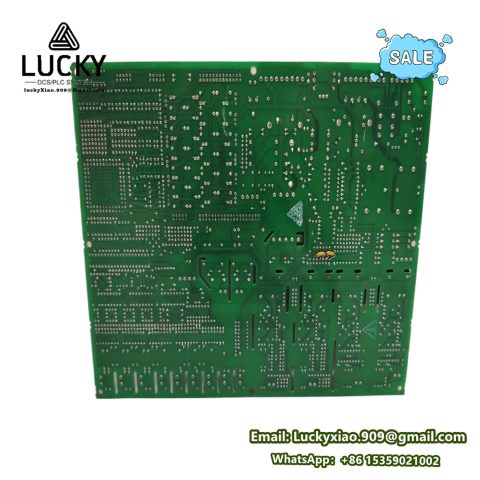
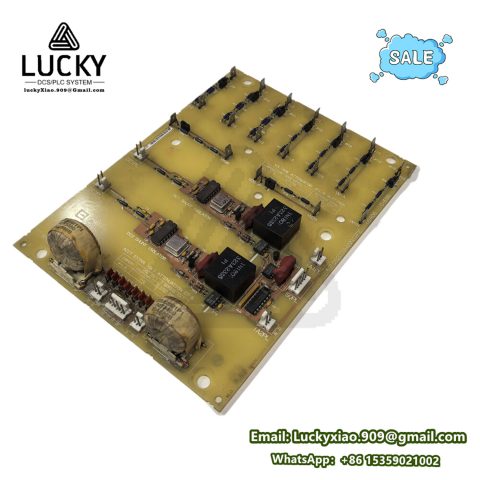
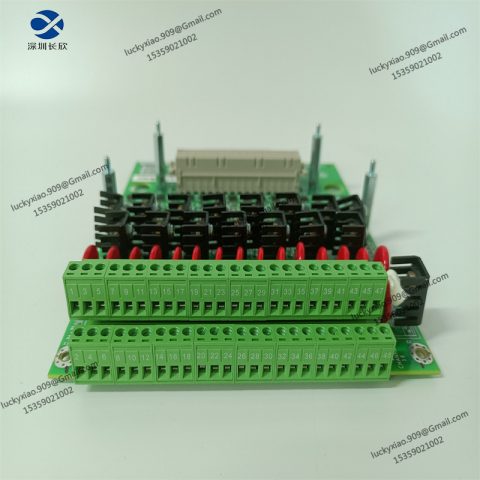


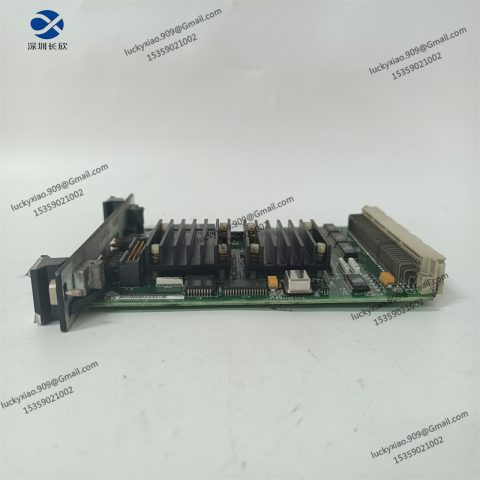
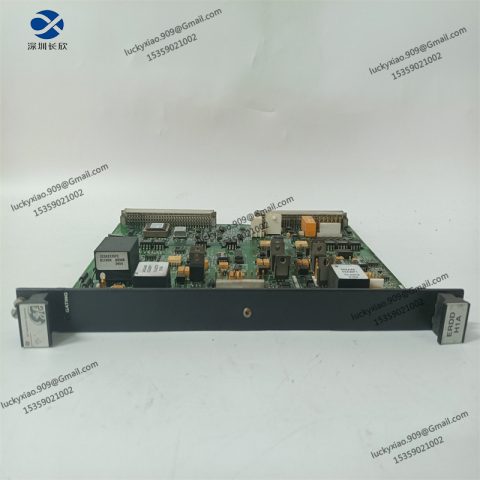
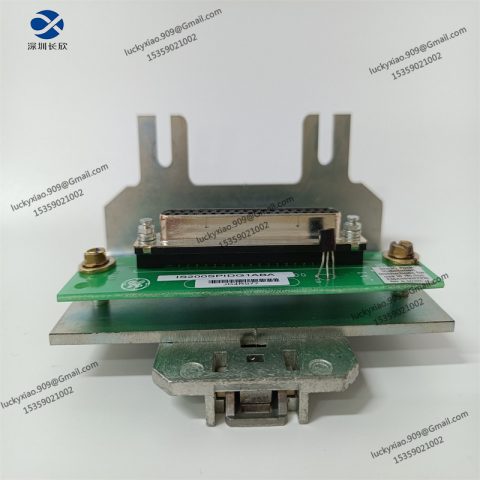
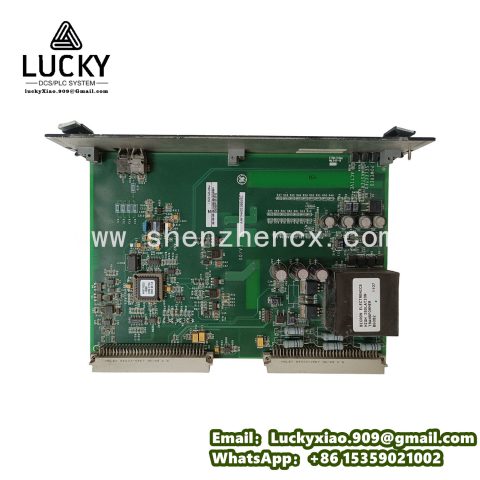
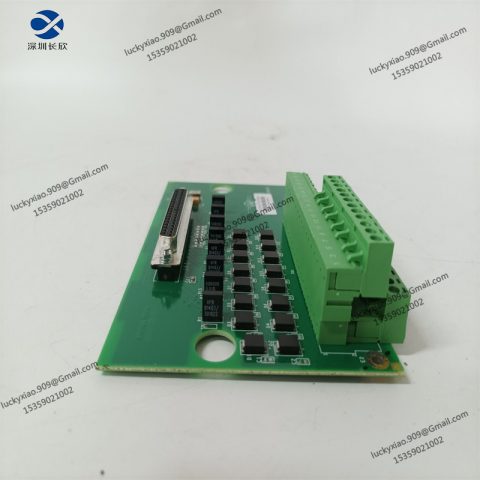

There are no reviews yet.